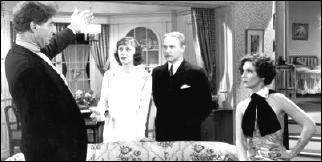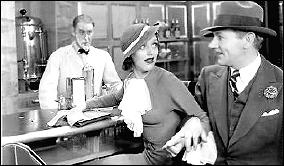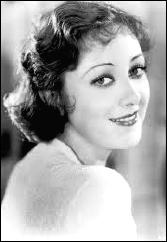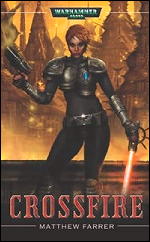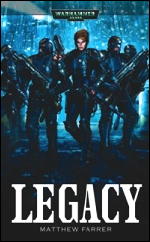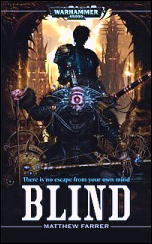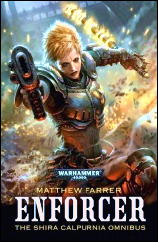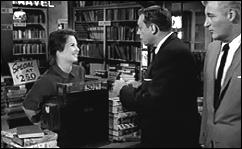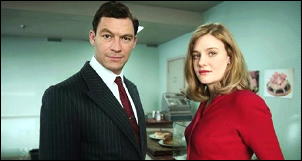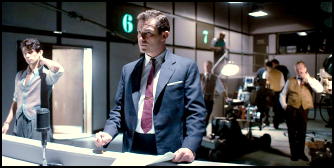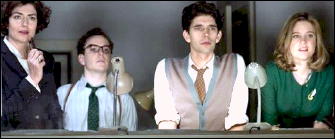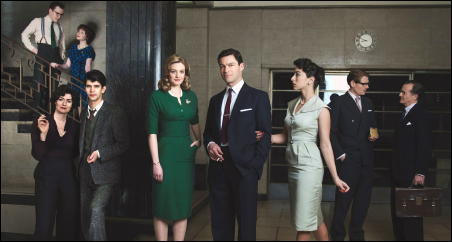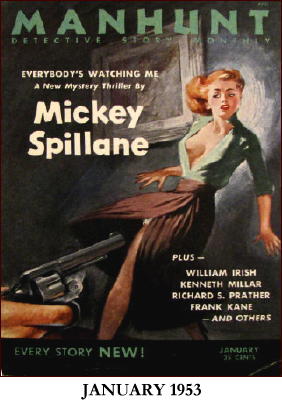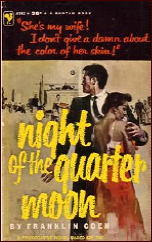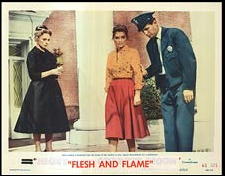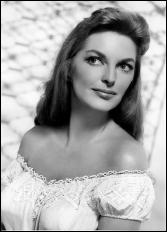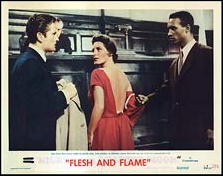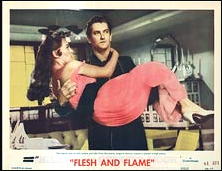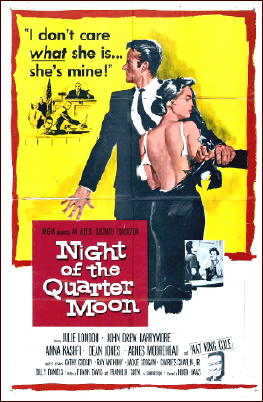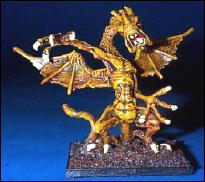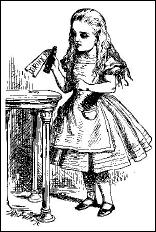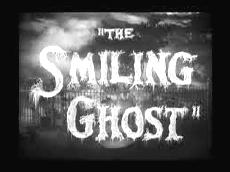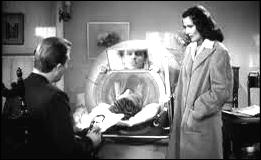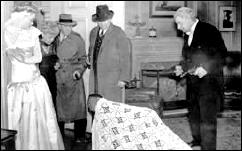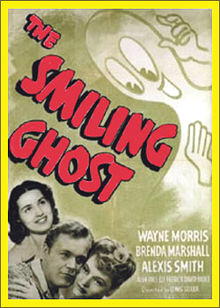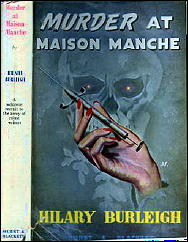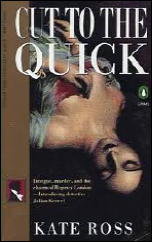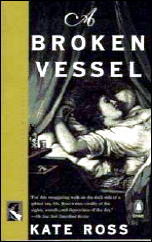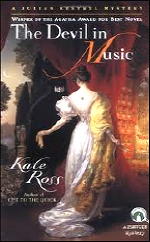ADVENTURES IN COLLECTING:
MANHUNT MAGAZINE
by Walker Martin
Recently, I was walking through my house trying to find a set of magazines on the bookshelves. I wasn’t having too much luck because I must have double stacked another set of magazines in front of them. Then I started wondering, how did I get to the point that I have so many books and magazines that I can’t find them? It’s not as if I have them hidden in boxes or storage units, they are mostly on bookshelves, though I do see some stacks on the floors.
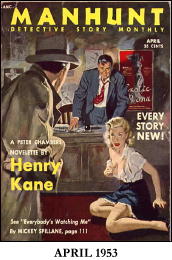
I started collecting magazines in 1956 and I still have the very first one that I bought off the newsstand: the February 1956 issue of Galaxy. I keep intending to frame it and hang it on the wall. So I’ve been at it now for 55 years and I guess that is how I now have so many magazines that I cannot find some of them. Each year I pick up more or start collecting another title that I’ve been thinking about reading. It all adds up as the years march on.
When I bought the Galaxy I was hooked for life on science fiction. I was 13 and my allowance was $1.50 each week. Doesn’t sound like much but that’s $6.00 a month which enabled me to buy all the SF digests and paperbacks. I also had a job on Saturdays which paid me another $1.50 per week, cleaning a barbershop (sweeping floors, dusting bottles, cleaning the mirrors).
Since the SF digests only cost 25 cents I was within my budget. But then in the summer of 1956 I discovered Manhunt and all of a sudden I had a cash flow problem. Manhunt had a lot of hardboiled crime competition from such titles as Pursuit, Hunted, Two Fisted, Offbeat, etc.
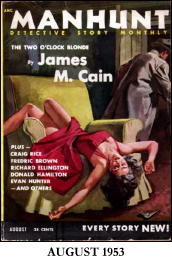
This was the age of the digest revolution and the newsstands were full of the small fiction magazines. If you try and find the digests nowadays, you will realize we are at the end of the digest era and perhaps entering the days of the electronic magazine or e-book.
As a lover of the physical books and magazines, this makes me very unhappy. The e-book looks pretty sorry next to the beautiful artifacts that I have been collecting for so many years. The feel of the physical book, the dust jacket, the smell of the pulp paper or digest, might soon disappear and be replaced by the humming of a electronic gadget.
No e-book could have ever made me fall in love like I did when I saw my first Galaxy or Manhunt. We all know about the attractions of the SF covers but the Manhunt covers struck a deep sexual chord within my body. The brassy blondes, the shameless hussies, the girls about to be beaten, or something worse.
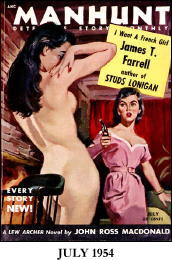
Unfortunately, I didn’t have enough money to buy SF and crime digests, so after reading a few Manhunt’s, I had to reluctantly stop buying them. Fast forward about 20 years and now I have a job with more money to spend on collecting. But I also have the usual things like a wife, kids, mortgage, etc.
Somehow I managed to squeeze out enough to put together a complete set of Manhunt, all 114 issues. By the way, the magazine is well known as just about the best of the hardboiled crime digests, lasting from 1953 to 1967, so this fact makes collecting the title a prime objective.
For about 25 years I read many of the stories by Ed McBain, William Campbell Gault, Richard Prather, Ross Macdonald, etc. But then around the year 2000, I started to get annoyed by the amount of hours I was spending each day working at my job. I figured if I took early retirement, I could read and watch film noir movies all day long! I must have been wasting 10 hours a day working.
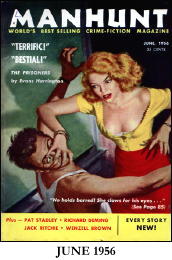
So in order to make all this happen, I did some downsizing and made the mistake of selling my set of Manhunt’s. To make matters even worse, I sold it for only $500, which included the 12 very rare large sized issues.
Now I began to question my sanity and judgment as a serious collector. I missed the magazine terribly and spend many years whining and complaining about my stupid decision to sell.
A few years ago at Pulpcon I stumbled across an art dealer who had two of the 1956 original cover paintings used on Manhunt. I immediately bought both and hung them in my living room, despite the nervous complaints from my wife about the scenes showing women being strangled.
The copies of the magazine came along with the paintings and I rapidly reread both, meanwhile muttering under my breath about mentally defective collectors who sell favorite magazines.
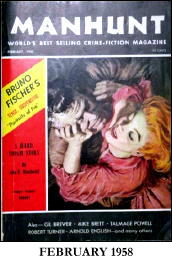
So for over 10 years, I felt this regret eating away at me until finally this year at the Windy City pulp convention, my desire to rebuild the set burst forth. In a mere two hours, I had gone through 140 dealer’s tables like a buzzsaw and found 39 issues of Manhunt, or about 1/3 of the run.
The price averaged about $11 or $12 each, some higher, some lower. Now, you would think that this would make me feel relieved and happy. No, not at all. I wanted the complete set of 114 issues. 39 issues were not enough, a mere drop in the bucket.
Another blog that I follow, hosted by a collector like Steve Lewis who also loves books and magazines, was having to downsize his collection because he was selling his house. Normally he would never consider selling what he also thought was the greatest hardboiled crime digest.
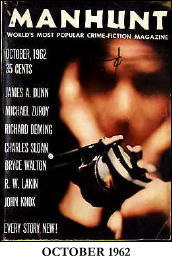
I made a good offer and he quickly accepted. Also included were the Manhunt companion digests such as Verdict, Murder, Menace, and Mantrap. He also threw in several Giant Manhunt’s, which rebound leftover issues, and the British version titled, Bloodhound.
The condition was nice, especially the 12 large sized issues which are so rare. One problem was how to smuggle three large boxes into the house without my wife detecting the arrival of over 100 more magazines. The house is already sinking under the weight of thousands of books and magazines(I won’t even go into the subject of the thousands of DVDs).
When the mailman delivered the boxes I quickly put them into the trunk of my car, giggling insanely at my clever actions. Then I slowly introduced them into the house and no one noticed because I’m always walking around with stacks of books or magazines.
So ends another successful Adventure in Collecting. Welcome home Manhunt!
